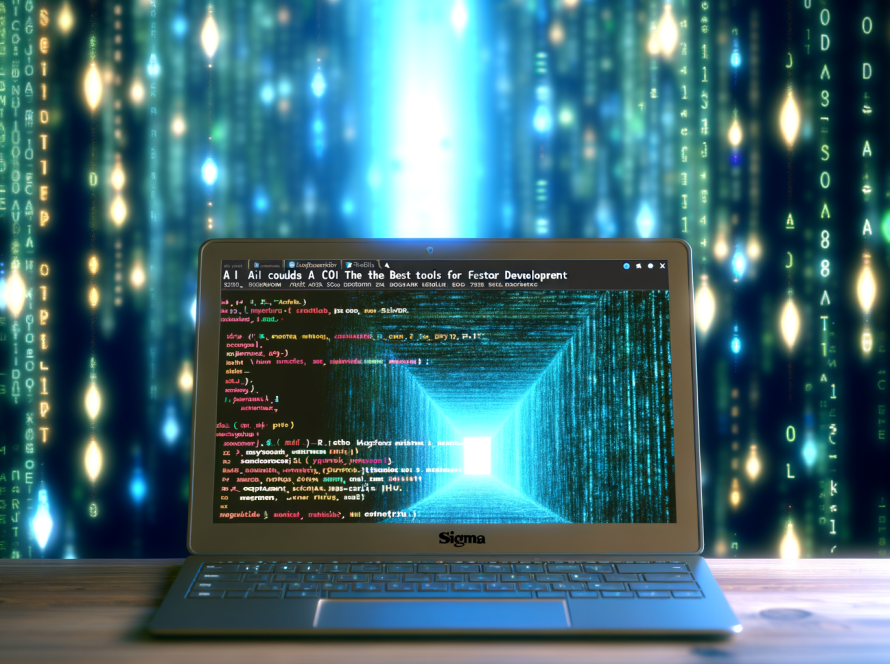Artificial Intelligence (AI) and Machine Learning (ML) have revolutionized the way we interact with technology. From virtual assistants to predictive analytics, this article delves into the transformative power of AI and ML, and how they are redefining the boundaries of possibility.
Understanding the Core of AI: Foundations and Applications
In the journey of exploring artificial intelligence, it is pivotal to grasp the foundational concepts that define AI. This chapter will dissect the various traditional goals of AI research, including reasoning, learning, perception, and their application in today’s digital landscape. With real-world examples such as advanced web search engines, virtual assistants, and autonomous vehicles, readers will gain an insight into the exponential growth and the subsequent integration of AI into everyday applications, delineating the AI boom and its long-term implications. AI’s reasoning capabilities empower machines to solve complex problems and make decisions akin to human thought processes. Machine learning, a subset of AI, further enhances this by enabling systems to learn from data patterns and improve over time without explicit programming. Perception, another crucial AI goal, allows systems to interpret the world around them through visual, auditory, and other sensory data, laying the groundwork for developments in robotics and IoT devices. These foundational elements of AI together forge a pathway for creating systems that not only mimic human intelligence but also extend its potential beyond conventional limits. As AI continues to evolve, its integration into various sectors signifies a major shift in how we interact with technology, underscoring the importance of understanding its core principles and capabilities.
The Engine of AI: Machine Learning in Action
Building on the understanding of AI’s core concepts, we delve into the engine that powers most AI systems: machine learning (ML). At its essence, ML empowers machines to leverage data for self-improvement and decision-making without explicit programming. The historical lineage of ML is rich, with its roots intertwined with the advent of computers. It has evolved from simple pattern recognition to complex algorithms capable of learning from data in an autonomous manner.
Central to ML’s capability is its use of theoretical frameworks like probably approximately correct (PAC) learning. PAC learning provides a scaffold for understanding how machines can learn from experience and make predictions about new, unseen data. This theoretical model explains the conditions under which a learning algorithm can guarantee to produce a model that performs well not just on the training data but also on unseen data, with high probability.
ML’s role is pivotal in applications such as natural language processing (NLP) and computer vision, where the ability to interpret and understand human language and visual inputs is crucial. In NLP, ML algorithms parse, understand, and generate human language in a way that is meaningful, facilitating the development of virtual assistants and translation services. Meanwhile, in computer vision, ML enables systems to interpret and make decisions based on visual data, driving forward innovations in fields such as automated surveillance, image recognition, and autonomous driving.
This synergy of AI and ML is revolutionizing predictive analytics. Businesses leverage these technologies to forecast future trends based on historical data, transforming decision-making processes across industries. From personalized marketing strategies to efficient supply chain management, the predictive power of ML-infused AI is reshaping the corporate landscape.
As this chapter illustrates, machine learning is not just an offshoot of artificial intelligence but its driving force. The dynamic interplay between theoretical models like PAC learning and practical applications in NLP and computer vision underscores the transformative impact of ML. This sets the stage for exploring how AI and ML continue to evolve, pushing the boundaries of what machines can learn and achieve.
Conclusions
Artificial Intelligence and Machine Learning stand at the forefront of technological advancement, infusing systems with the ability to learn, adapt, and anticipate. Reflecting on their history and rapid growth, it becomes clear that AI and ML are not just fleeting trends but cornerstones of a future intertwined with intelligent, responsive technology.
